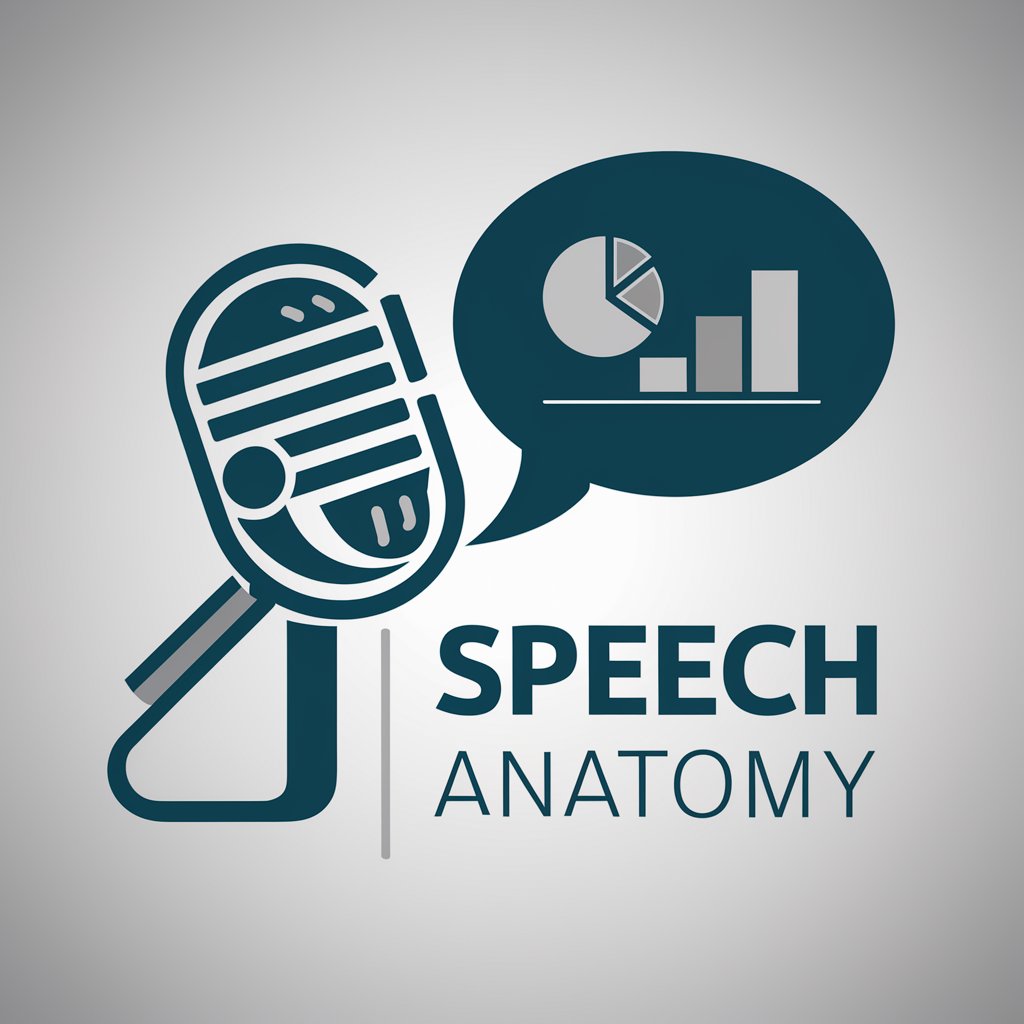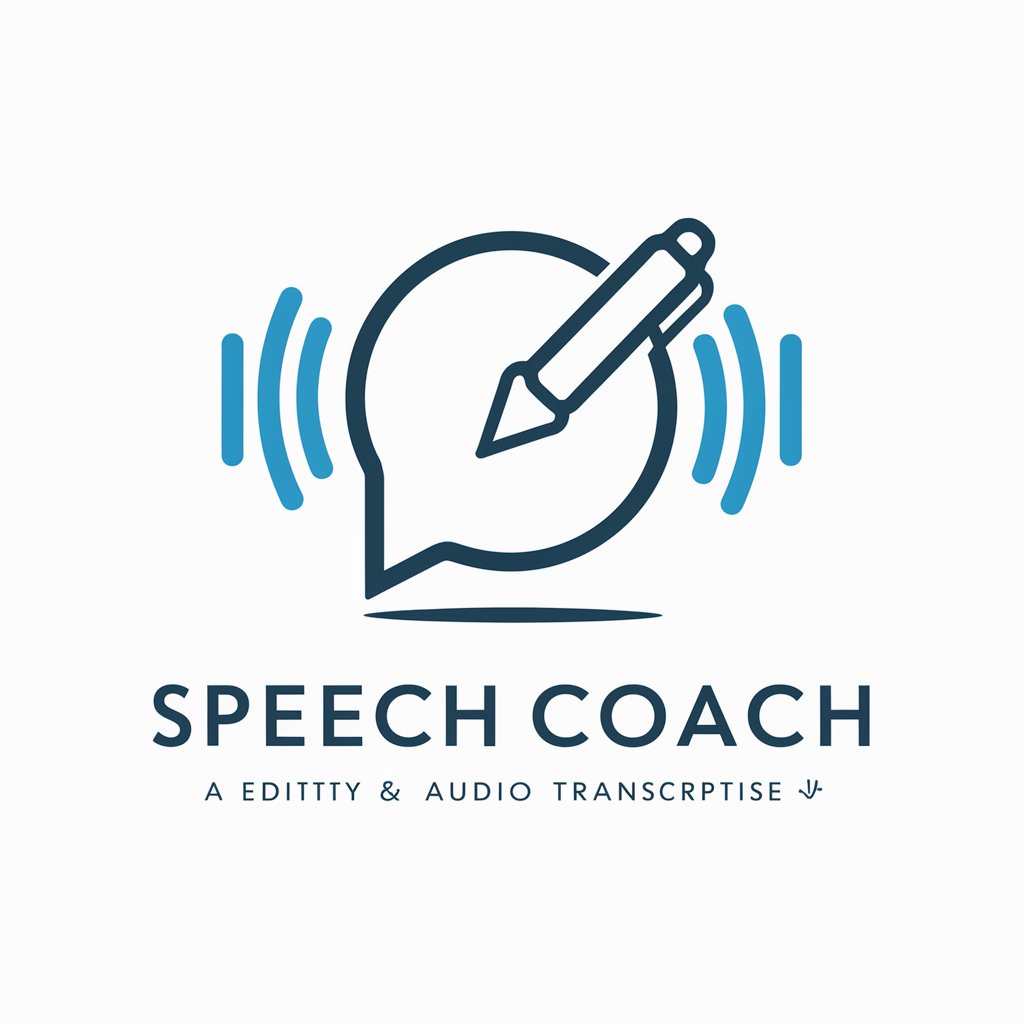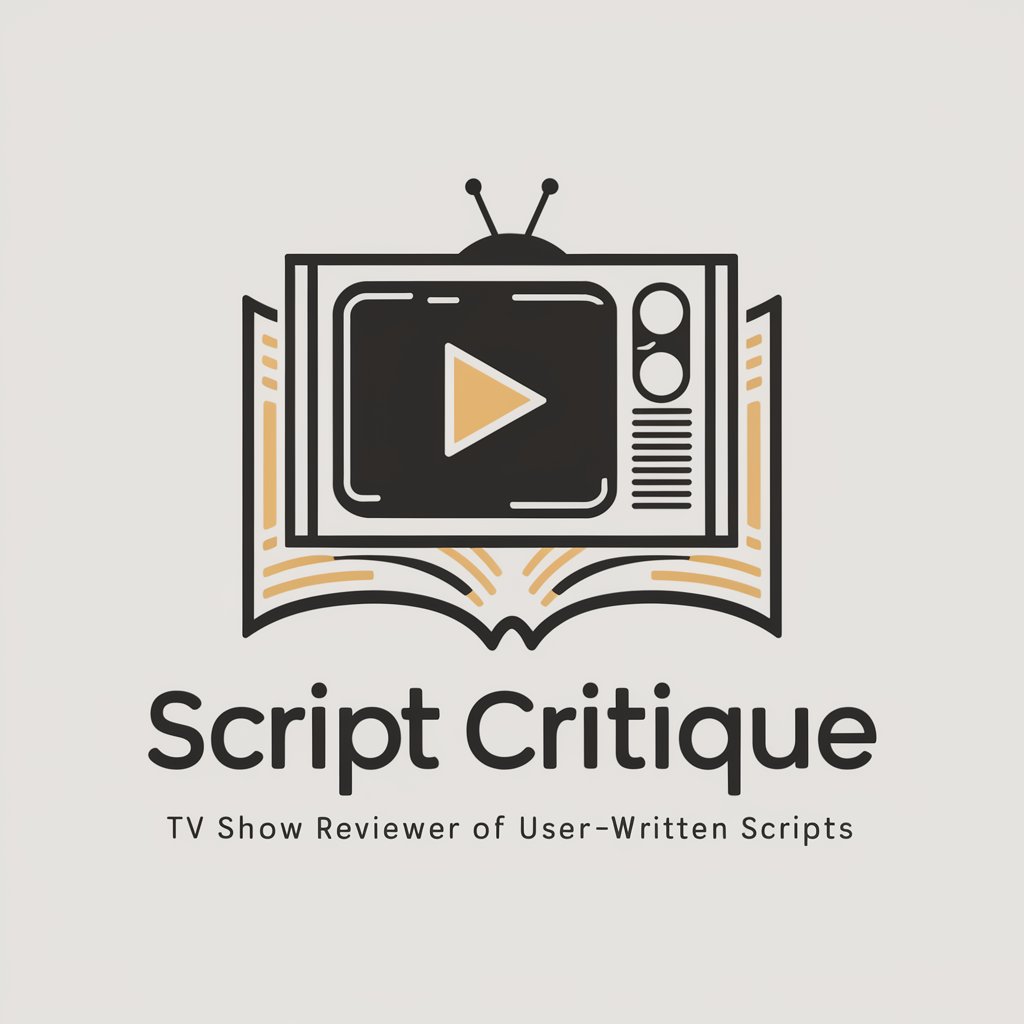Speech Anatomy - Text Analysis Tool

Welcome to Speech Anatomy, your concise and insightful text analysis assistant.
Unlock Your Text's Potential with AI
Analyze this text for key dates and locations:
Provide a concise summary of this document:
Break down the rhetorical methods used in this speech:
Organize the numerical data from this report into a clear text-based table:
Get Embed Code
Introduction to Speech Anatomy
Speech Anatomy is designed as a text analysis tool that provides concise summaries and detailed breakdowns of textual content. It is tailored to deliver insights through short summaries, pinpoint key dates and locations, categorize sentences, and identify rhetorical methods and significant words in a text. For instance, in analyzing a political speech, Speech Anatomy can succinctly summarize the speech, highlight crucial dates mentioned, dissect the speech into factual and opinion-based statements, and spotlight recurring words or phrases, providing a comprehensive understanding of the speech's impact and intent. Powered by ChatGPT-4o。

Main Functions of Speech Anatomy
Ultra-Short Summary
Example
For a lengthy article on climate change, Speech Anatomy can generate a brief summary under 40 words, highlighting the main argument or findings.
Scenario
This is particularly useful in academic or professional settings where quick insights into long documents are necessary.
Sentence Categorization
Example
In a legal document, it can differentiate between factual assertions and subjective opinions, offering percentages and examples of each.
Scenario
Useful for lawyers or scholars who need to quickly assess the nature of the content within complex documents.
Significant Words Identification
Example
Analyzing a marketing pitch, it could identify and count the frequency of persuasive words like 'innovative' or 'exclusive'.
Scenario
Marketers can use this to evaluate the emphasis of their messaging and adjust to enhance customer engagement.
Numerical Comparison Chart
Example
Compares statistical data across multiple research papers on vaccine efficacy, organizing the information in a clear, text-based table format.
Scenario
Researchers can quickly compare data from various studies to draw conclusions or identify trends without individually analyzing each paper.
Rhetorical Methods Analysis
Example
Identifies use of rhetorical devices such as metaphors, analogies, or repetitions in a political leader’s speech, with specific examples cited.
Scenario
Speechwriters and political analysts can understand and replicate effective speaking strategies in their own work.
Ideal Users of Speech Anatomy Services
Academics and Researchers
This group benefits from the ability to quickly dissect large volumes of text, identify key themes or words, and categorize content into empirical data versus speculation, which is essential for literature reviews or content analysis.
Legal Professionals
Lawyers and paralegals can efficiently analyze legal documents, distinguishing between objective facts and subjective opinions, crucial for case preparation and legal research.
Journalists and Writers
These users need to rapidly absorb and synthesize information from multiple sources. Speech Anatomy's summarization and significant word frequency tools help in drafting informed and balanced articles or stories.
Marketing Professionals
Marketers utilize the tool to understand the frequency and impact of specific words in advertising content, helping to optimize message clarity and audience engagement.
Political Analysts and Speechwriters
They use the analysis of rhetorical devices to craft compelling narratives or to evaluate the speeches of others, improving both the delivery and effectiveness of political messaging.

How to Use Speech Anatomy
Start with a Free Trial
Visit yeschat.ai to access a free trial of Speech Anatomy without the need for logging in or subscribing to ChatGPT Plus.
Upload Your Text
Input your text directly into the provided field. Speech Anatomy can handle various text types, from essays to technical documents.
Choose Analysis Type
Select the specific analysis you need, such as word count, sentence categorization, or rhetorical methods.
Review the Analysis
Examine the detailed report provided by Speech Anatomy, which includes statistical data, key words, and rhetorical strategies used in the text.
Apply Insights
Use the insights gained to improve your writing or to better understand the text's structure and effectiveness.
Try other advanced and practical GPTs
Bachelors Speech
Craft the Perfect Toast with AI

Speech Writer
Empowering Your Words with AI

Group Chat Guru
Bringing group chats to life with AI!

梅根大超人
Enhance your research with AI-driven insights

Arabic Search Engine
Unlock Arabic Web with AI

NT GPT - NinjaTrader 8 Strategies and Indicators
AI-powered NinjaTrader Strategy Crafting

Presentation Speech Writer
Empower Your Words with AI

Speech Coach
Refine Your English with AI Insight

Speech Writer
Elevate Your Words with AI

Show Savant
Elevate Your Script with AI

Show Scout
Uncover cinematic gems with AI.

show it
Visualize Anything, Powered by AI

Frequently Asked Questions About Speech Anatomy
What types of texts can Speech Anatomy analyze?
Speech Anatomy is versatile and can analyze any written content, including academic papers, business reports, speeches, and creative writings.
Can Speech Anatomy help improve my writing?
Yes, by providing detailed breakdowns of your text's structure, word usage, and rhetorical styles, it can offer actionable insights to refine your writing skills.
What makes Speech Anatomy different from other text analysis tools?
It uniquely combines concise summaries, in-depth word and sentence analysis, and identification of rhetorical methods, all designed for easy interpretation.
Is Speech Anatomy suitable for non-native English speakers?
Absolutely, it's an excellent tool for non-native speakers to understand the complexities of English writing and improve their language proficiency.
How does Speech Anatomy handle data privacy?
Speech Anatomy is committed to user privacy, ensuring that all data inputted for analysis is handled securely and not stored beyond the session.
